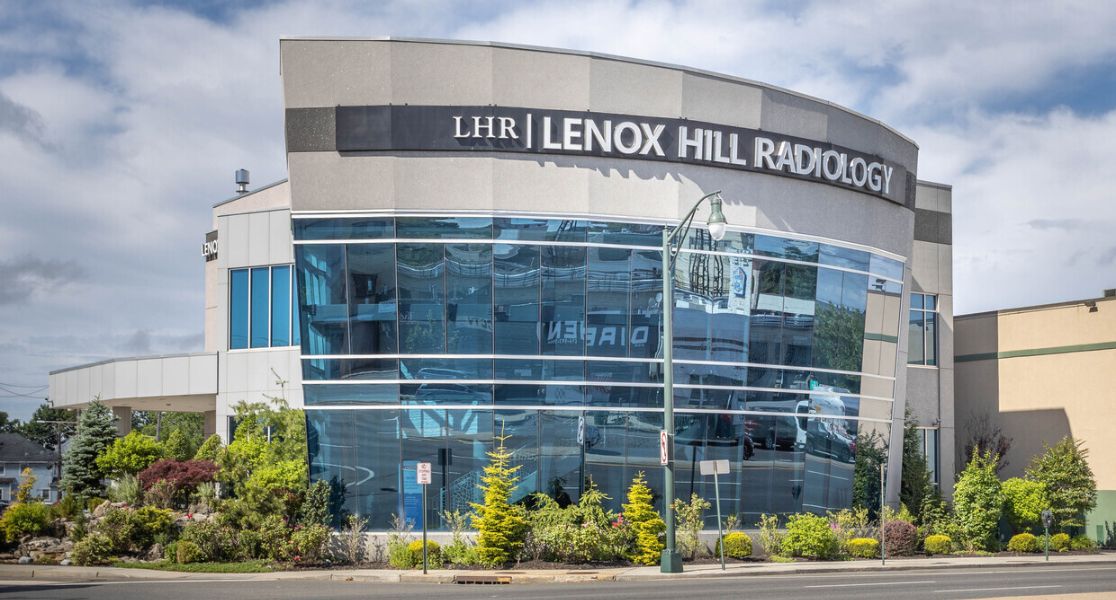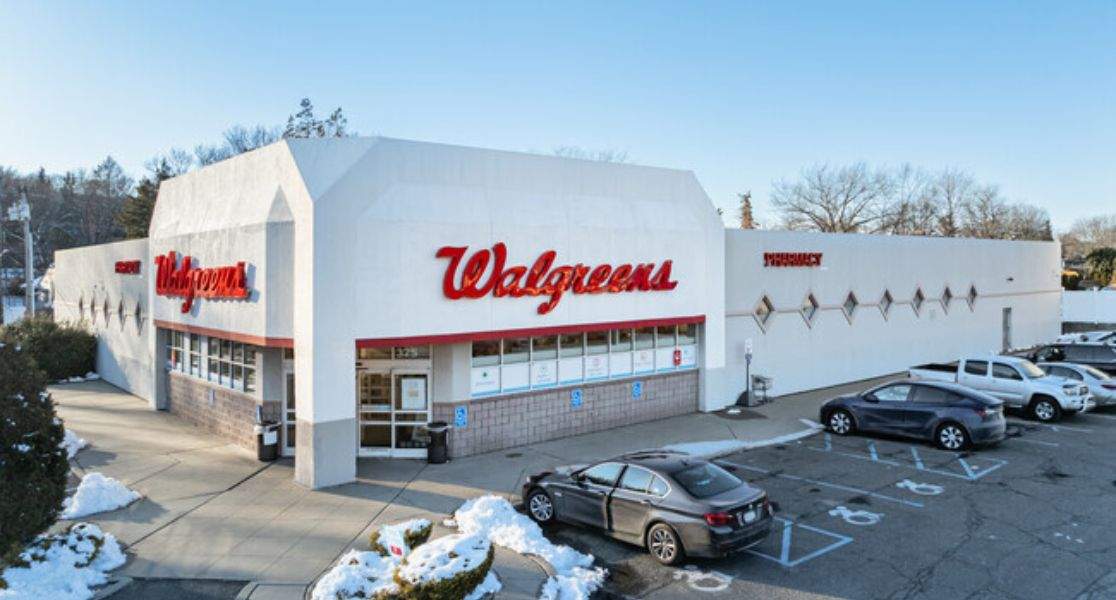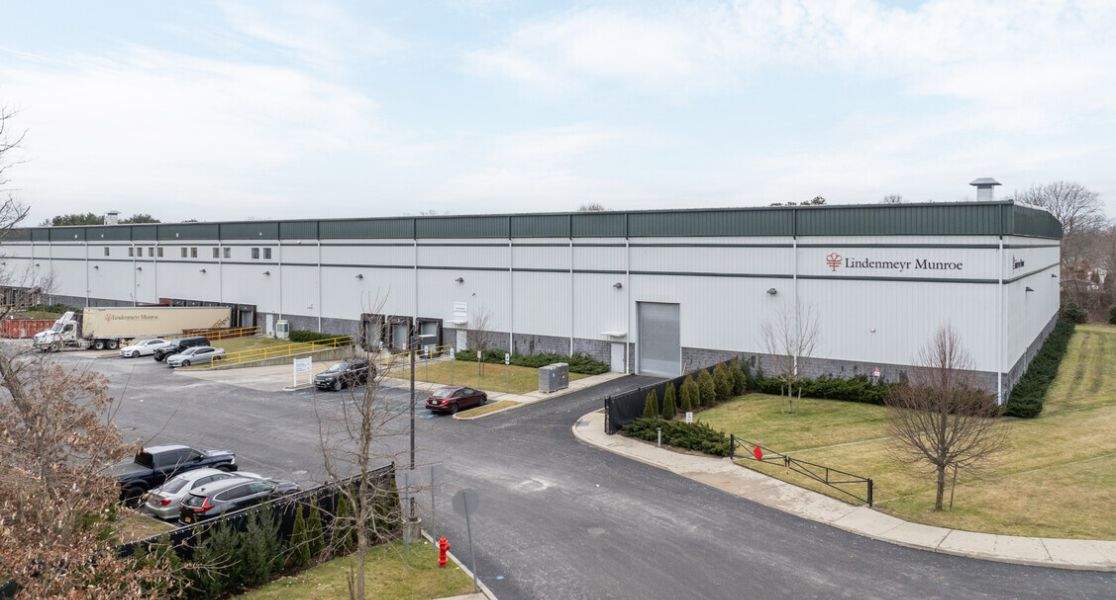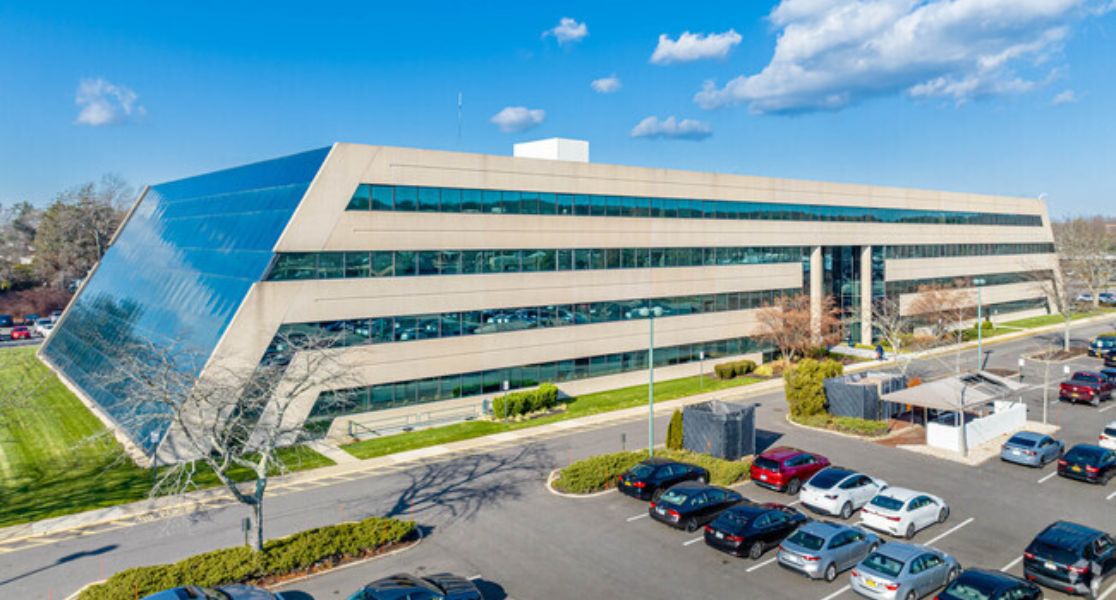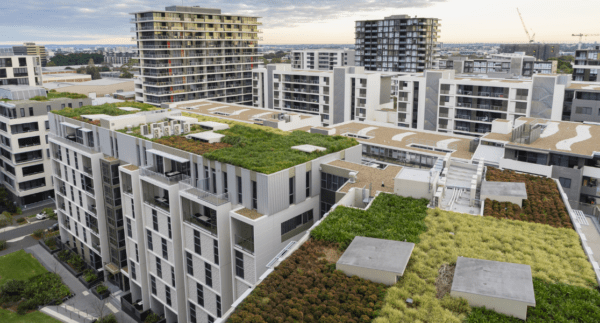
Are you looking to go green in commercial real estate?
Going green has been a popular initiative for some time, but the commercial real estate sector had been slow to pick up the trend. However, now more commercial buildings are “going green” in a variety of ways, and are doing so for both financial and environmental benefits.
As people are becoming more economically responsible, clients and tenants are now seeking more eco-sustainable or “green” buildings or are requesting these types of upgrades and improvements to their current buildings.
In the United States, there is a rating system called LEED (Leadership in Energy and Environmental Design) that sets the standards as far as green efficiencies go.
Green Buildings vs. Traditional Commercial Buildings
Let’s take a look at some statistics when comparing green buildings to commercial buildings in general. Green buildings, or eco-sustainable buildings cost less to maintain by 19% on average, use less energy by 25%, and less water by 11% on average.
They also emit less carbon dioxide by 34% on average, and have more satisfied occupants by 27% on average.
Why Go Green in Commercial Real Estate?
Going green is a wise way to cut costs in operating office buildings, retail stores, manufacturing facilities and malls. Commercial buildings are one of the main energy consumption sources, and can become green in aspects such as heating, ventilation, air-conditioning, lighting, solar and water conservation.
If you can’t make a commercial building green from the start, you can always take steps to retrofit an existing building.
Here are eight ways in which an existing building can make improvements towards being more eco-sustainable.
Here are 8 Improvements For Eco-Sustainability
1. Green Roofs and Living Walls
Gardens aren’t new to real estate, but the new trend of green gardens and roofs are. A green garden system allows a building to be more environmentally friendly. Here’s how it works.
Green gardens are installed on the outside of a building, they insulate it, and reduce heating and cooling costs.
Living walls, also known as biowalls improve a building’s eco-sustainability in many ways. The living walls reflect solar radiation, absorb rainwater that runs off the site of the building, and improve air quality by absorbing C02 and release oxygen.
Some companies have used living walls inside their buildings and offices. Though they don’t provide the same outdoor benefits, the walls can purify air and recycle water.
It’s also common for indoor living walls to undertake trendy designs. These designs look pretty and are proven to improve moods.
2. LED Lighting
One of the ways commercial buildings are going green is through lighting.
Light-emitting diodes, or LED light bulbs, are gaining significant momentum as alternatives to incandescent and fluorescent lighting in commercial buildings, particularly as the cost of LED lighting technology is going down.
Updating old lighting to LED lighting save up to 75% of overall energy use.
3. Improve Building Air Quality
Improve overall air quality of a building by implementing more thorough cleaning practices, including dusting regularly with microfiber cloths, using eco-friendly cleaning supplies, and cleaning or replacing floor mats and rugs regularly.
Taking this a step further, installing indoor hanging gardens or “living walls” also known as “biowalls” improve air quality by absorbing carbon dioxide and releasing oxygen.
4. Passive Solar Designs
A passive solar building design makes the sun, important in the buildings functionality. This includes the building’s heating, cooling, and lighting.
Passive solar designs are different to solar panels. Solar panels require a huge initial investment and installation process that all owners can’t afford.
Installing these designs include carefully chosen location, size, windows, and walls around the building.
For those who are willing to invest in solar panels, the investment offers great returns. Consider installing solar panels or solar window films. Solar window films reduce indoor temperature in order to cut cooling costs.
Commercial solar installations have increased by 487% in the past 5 years and have reduced energy bills by as much as 90%.
5. Dual Plumbing Systems
Conserve water by fixing leaks and installing low-flow fixtures. Some commercial builders take water conservation a step further and install a specific plumbing system designed to conserve water known as a dual plumbing or dual piping system.
This system separates water into two types: potable and reclaimed.
Potable water is safe for drinking, cooking and washing while reclaimed water can be used for toilet plumbing or plant irrigation.
Having two plumbing systems conserves more water, but it costs more to operate. In addition, not all cities are set up for reclaimed water use. It is recommend to check the specifics of your state’s system.
6. Utilize Microgrids
Microgrids are localized grids that are able to disconnect from traditional grids and operate alone. Microgrids consist of small power generators such as solar, wind, and fuel cells.
The variety of power sources allow the grid to be reliable in various types of inclement weather.
In addition they are more efficient through renewable sources, it eliminates the transmission and distribution energy losses, and have the capability to recover and use heat locally.
This results in higher energy efficiency and lower carbon production.
7. Heating & Cooling
HVAC systems use more energy than anything else in a commercial building and air conditioning also results in tons of carbon dioxide emissions. Reduce overall energy consumption by 10% by simply turning down your heating and cooling system when you or your tenants are not in the building.
There are also alternatives to traditional HVAC systems such as a chiller boiler system. Typical HVAC systems use forced air to heat and cool, but a chiller boiler system is hydronic, meaning that it uses water, which is more efficient because it provides even temperatures using radiant heat.
These systems are attached to the water supply in the building.
Although the tasks of implementing sustainable efficiencies may at first sound like a financial burden, it is important to note that the costs would be recouped easily from more efficient operations resulting in lower operating costs.
Green buildings have even proved to more than make up for the expenses with reduced energy and water bills, and operations and maintenance costs.
And not only do green buildings save investors money over time, it could also allow for tax breaks, rebates, grants and other incentives in the future.
8. Electrochromic Glass
Electrochromic glass, also known as “smart glass”, uses electricity to change the glass from opaque to tanslucent. In order to change from non-transparent to transparent, it can controlled manually or programmed to adjust during the day as the sun travels.
Smart glass uses nanotechnology, with ceramic play layers between the glass that are thinner than a piece of hair.
The ceramic plates are coat with different materials that can change from clear to dark with quick, low-volts of electricity. To change it from dark to clear simply requires reversing the charge.
This method not only saves energy and reduces load on the HVAC system, it can also provide lighting and eliminate the need for shades.



